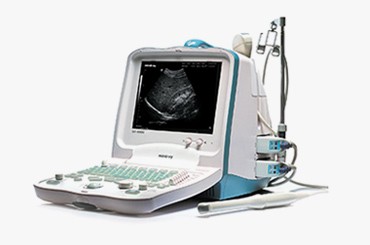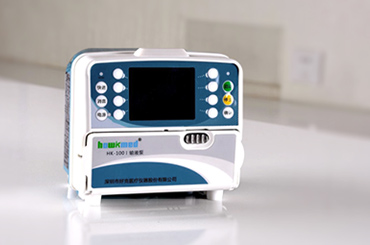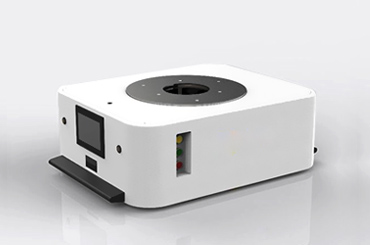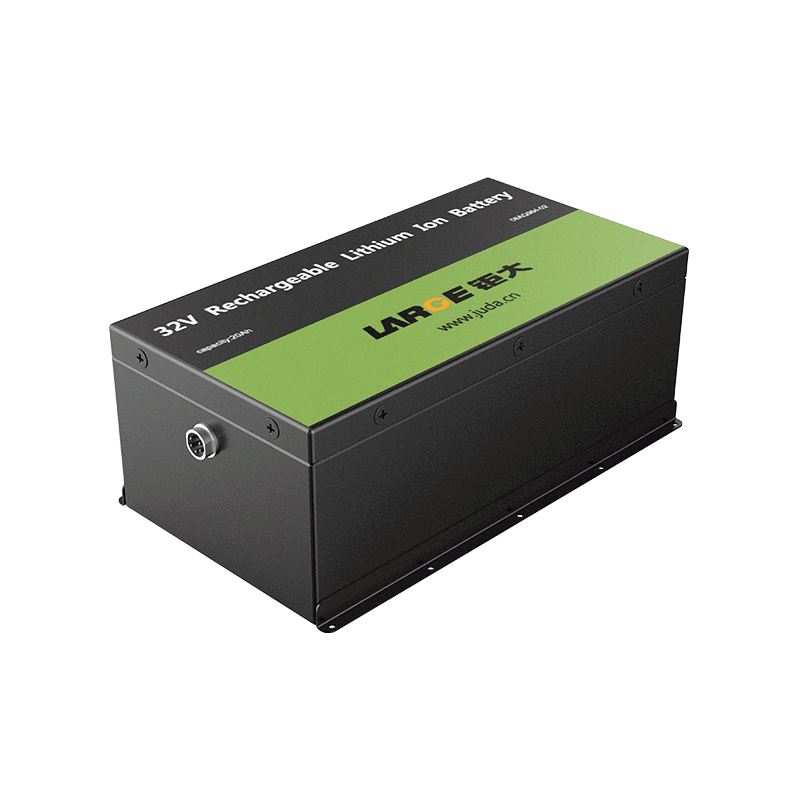-
Key Takeaways
-
Part 1: What Are Power Banks and Portable Chargers?+
- 1.1 Definition of a Power Bank: Features and Functionality
- 1.2 Definition of a Portable Charger: Features and Functionality
- 1.3 Portable Battery Charger vs Power Bank: Key Distinctions
-
Part 2: Key Differences Power Bank VS Portable Charger+
- 2.1 Design and Size: Compact vs Bulkier Options
- 2.2 Capacity and Charging Speed: Single vs Multi-Device Use
- 2.3 Intended Use: Industrial Applications vs Consumer Convenience
-
Part 3: Similarities Between Power Banks and Portable Chargers+
- 3.1 Portability and Convenience for Industrial and Medical Use
- 3.2 Charging Functionality Across Devices
-
FAQ+
- 1. How do you choose between a power bank and a portable charger for industrial use?
- 2. Are power banks compatible with all lithium battery types?
- 3. What safety features should you prioritize in these devices?
Understanding Power Banks and Portable Chargers
APR 25, 2025 Pageview:13

Are portable battery chargers and power banks the same? While these terms are often used interchangeably, they have distinct functionalities. A power bank is a portable energy storage device designed to recharge multiple devices, whereas a portable battery charger typically refers to a compact and lightweight unit that directly powers devices while on the move. Understanding the differences between a portable battery charger vs power bank is essential for businesses and industrial applications, where performance and compatibility with specific lithium battery types can greatly influence operational efficiency.
The global portable charger market, valued at $6.8 billion in 2021, is anticipated to grow at a CAGR of 9.8%, reaching $17.3 billion by 2031. This growth underscores the rising demand for portable energy solutions, particularly in industries such as medical, robotics, and surveying, where consistent and reliable power is critical.
Key Takeaways
Power banks save energy to charge devices many times. They are great for jobs needing steady power.
Portable chargers are small and charge devices instantly. They work well for personal gadgets and outdoor trips.
Check the battery size and if it works with lithium. This helps the device work best for you.

Part 1: What Are Power Banks and Portable Chargers?
1.1 Definition of a Power Bank: Features and Functionality
A power bank is a portable energy storage device designed to recharge electronic devices when access to a traditional power source is unavailable. These devices typically use lithium-ion or lithium-polymer batteries, offering varying energy densities and lifespans. For instance, NMC lithium-ion batteries provide an energy density of 160–270Wh/kg with a cycle life of 1,000–2,000 cycles, making them ideal for high-capacity power banks.
Key features of power banks include:
Capacity: Measured in milliampere-hours (mAh), it determines how much energy the device can store.
Output Current: Higher output currents enable faster charging for connected devices.
Safety Mechanisms: Built-in features like overcharge protection and temperature control ensure safe operation.
Efficiency ratings are critical for power banks, as they indicate how effectively stored energy is converted into usable power. High-quality models often achieve better energy conversion, maximizing the number of charges available for devices.
1.2 Definition of a Portable Charger: Features and Functionality
A portable charger refers to a compact device that directly powers electronic gadgets on the go. Unlike power banks, portable chargers often emphasize lightweight design and ease of use. They are particularly useful for handheld devices and outdoor activities where mobility is essential.
Modern portable chargers increasingly incorporate wireless charging capabilities, catering to the growing demand for convenience. These chargers are compatible with various devices, including smartphones, tablets, and even medical equipment. Their functionality often overlaps with power banks, but their primary focus remains on portability and immediate usability.
1.3 Portable Battery Charger vs Power Bank: Key Distinctions
The terms "portable battery charger" and "power bank" are often used interchangeably, but subtle differences exist. A power bank primarily serves as a rechargeable energy storage unit, capable of charging multiple devices over time. In contrast, a portable charger emphasizes real-time charging and portability.
Feature | Power Bank | Portable Charger |
|---|---|---|
Primary Function | Energy storage for multiple charges | Real-time device charging |
Design | Bulkier, with higher capacity | Compact and lightweight |
Applications | Consumer convenience and outdoor activities | |
Compatibility | Supports multiple devices, including industrial-grade equipment | Primarily designed for handheld devices |
Understanding these distinctions is crucial for industries like medical and robotics, where power reliability and device compatibility are paramount. For example, power banks with LiFePO4 Lithium batteries, offering 2,000–5,000 cycles, are ideal for applications requiring long-term durability.
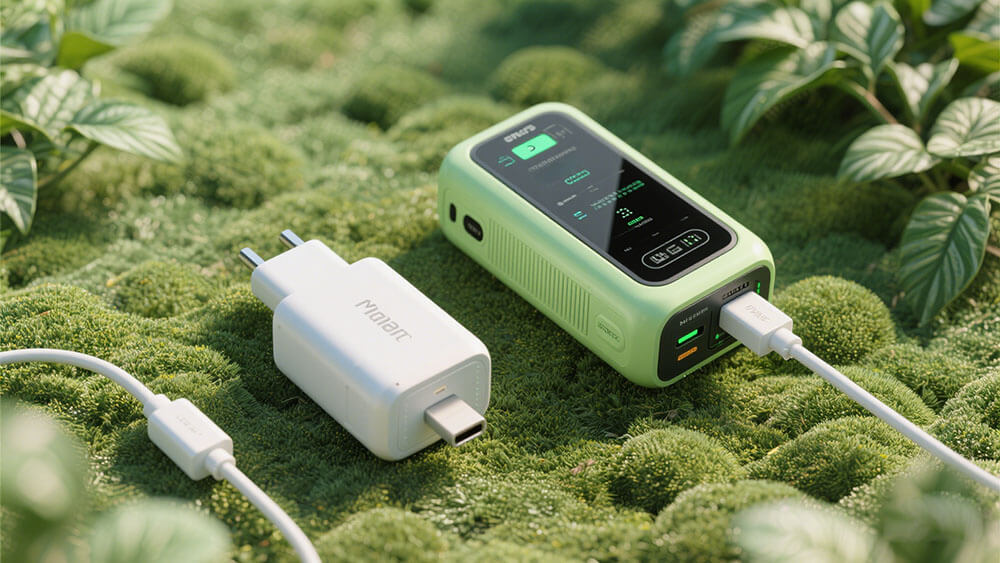
Part 2: Key Differences Power Bank VS Portable Charger
2.1 Design and Size: Compact vs Bulkier Options
When comparing a power bank to a portable charger, design and size play a significant role in determining their suitability for specific applications. Power banks are generally bulkier due to their higher battery capacity. This design allows them to store more energy, making them ideal for industrial applications where extended power supply is critical. For instance, in robotics, a power bank equipped with an NMC Lithium battery can provide a reliable energy source, thanks to its energy density of 160–270Wh/kg and cycle life of 1,000–2,000 cycles.
Portable chargers, on the other hand, prioritize compactness and lightweight design. These devices are perfect for handheld equipment or outdoor activities where portability is essential. Their smaller size and reduced weight make them easier to carry, but this often comes at the expense of lower capacity. For businesses requiring mobility, such as surveying teams working in remote locations, a portable charger offers a practical solution for powering essential devices.
Tip: Evaluate the size and weight of the device in relation to your operational needs. A bulkier power bank may be more suitable for stationary industrial setups, while a portable charger excels in scenarios requiring frequent movement.
2.2 Capacity and Charging Speed: Single vs Multi-Device Use
Capacity and charging speed are critical factors that differentiate power banks from portable chargers. A power bank typically offers a higher battery capacity, measured in milliampere-hours (mAh), enabling it to charge multiple devices or provide several charges to a single device. For example, a power bank with a LiFePO4 Lithium battery, known for its energy density of 100–180Wh/kg and cycle life of 2,000–5,000 cycles, is well-suited for industrial applications requiring long-term durability and consistent power output.
Portable chargers, while more compact, often have lower capacity and are designed for single-device use. They excel in providing quick, real-time charging for devices like smartphones or tablets. However, their charging speed may vary depending on the output current. Businesses relying on handheld devices, such as medical teams using portable diagnostic tools, can benefit from the immediate usability of a portable charger.
Feature | Power Bank | Portable Charger |
|---|---|---|
Battery Capacity | High, supports multiple devices | Lower, designed for single-device use |
Charging Speed | Moderate to high, depending on output | Optimized for quick, real-time use |
2.3 Intended Use: Industrial Applications vs Consumer Convenience
The intended use of a power bank or portable charger significantly influences your choice. Power banks are engineered for industrial applications where reliability and high capacity are paramount. For instance, in robotics or surveying, a power bank with an LCO Lithium battery can deliver consistent power, leveraging its energy density of 180–230Wh/kg and cycle life of 500–1,000 cycles.
Portable chargers cater more to consumer convenience. Their lightweight and portable nature make them ideal for personal use or outdoor activities. However, they may not meet the rigorous demands of industrial environments. If your operations involve critical equipment, such as medical devices requiring uninterrupted power, a power bank with a robust lithium battery configuration is a more reliable option.
Note: Always align the device's intended use with your operational requirements. Industrial applications demand durability and high capacity, while consumer-focused tasks prioritize portability and ease of use.

Part 3: Similarities Between Power Banks and Portable Chargers
3.1 Portability and Convenience for Industrial and Medical Use
Both power banks and portable chargers excel in portability, making them indispensable for industries like medical and robotics. Their compact designs allow you to carry them easily, ensuring uninterrupted power supply for critical devices. For example, in medical applications, portable chargers can power handheld diagnostic tools, while power banks with LiFePO4 Lithium batteries provide extended energy storage for larger equipment. These devices enhance operational efficiency by reducing downtime, especially in remote or high-demand environments.
Tip: Evaluate the portability of these devices based on your specific industry needs. For instance, a lightweight portable charger may suit fieldwork, while a high-capacity power bank is better for stationary setups.
3.2 Charging Functionality Across Devices
Both devices offer versatile charging functionality, supporting a wide range of electronics. Power banks and portable chargers are compatible with smartphones, tablets, and even industrial-grade equipment. This versatility ensures you can rely on a single device to meet multiple power requirements. For industries like surveying, where various tools require consistent power, these devices provide a practical solution. Power banks, with their higher capacity, can charge multiple devices simultaneously, while portable chargers focus on quick, real-time charging.
Callout: For businesses relying on diverse equipment, consider the charging capabilities of these devices. A power bank with multiple output options can streamline your operations.
Understanding the differences and similarities between a power bank and a portable charger helps you make informed decisions. Power banks offer higher capacity and compatibility with advanced lithium battery types, making them ideal for industrial applications. Portable chargers prioritize lightweight design and immediate usability. When buying a power bank, consider capacity, portability, and lithium battery compatibility. Research shows that optimized designs, such as cell-to-pack configurations, improve lifecycle efficiency and reduce costs. Evaluate your operational needs carefully to select the most suitable solution.
FAQ
1. How do you choose between a power bank and a portable charger for industrial use?
Tip: Evaluate your energy needs from Large Power. Power banks suit high-capacity, long-term applications, while portable chargers excel in lightweight, real-time charging for handheld devices.
2. Are power banks compatible with all lithium battery types?
No, not all power banks support every lithium battery type. Check for compatibility with NMC, LCO, or LiFePO4 batteries based on your application.
3. What safety features should you prioritize in these devices?
Look for overcharge protection, temperature control, and short-circuit prevention. These features ensure safe operation and protect your equipment from damage.
Leave Message
Hottest Categories
-
Hottest Industry News
-
Latest Industry News




